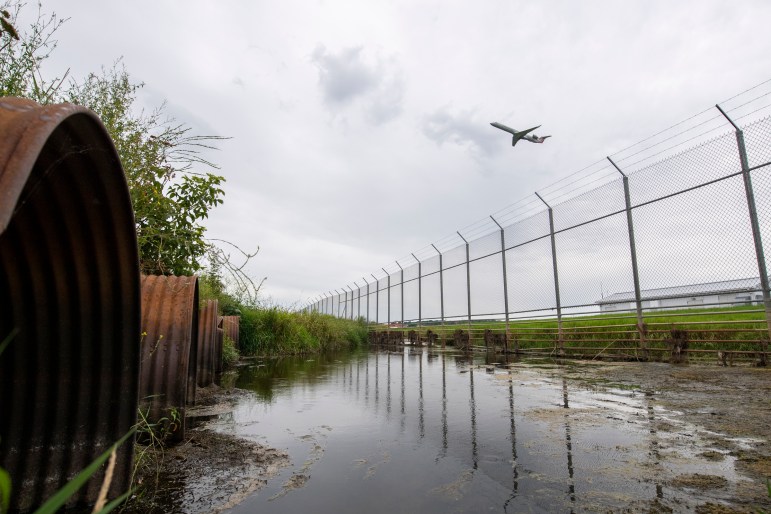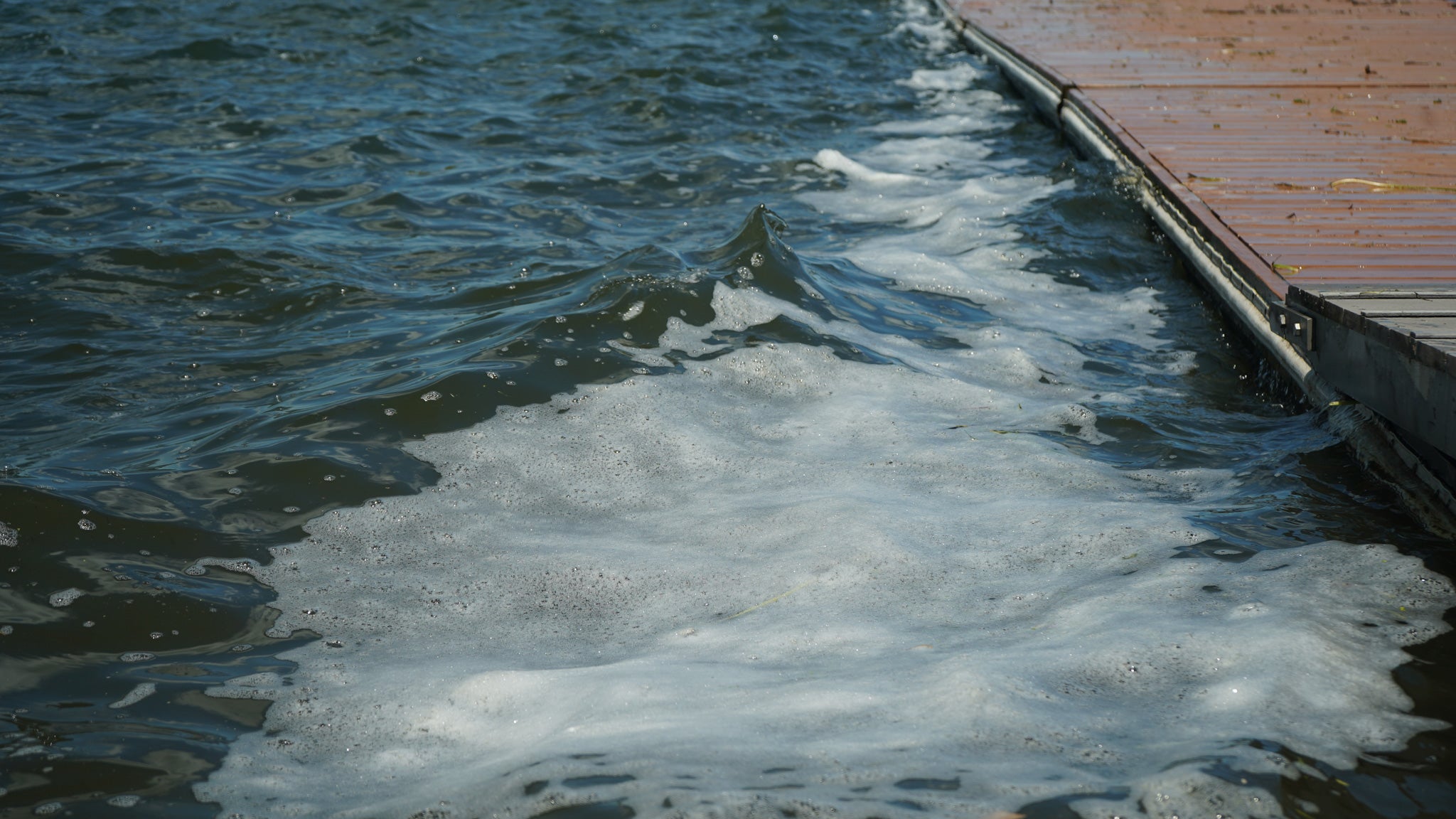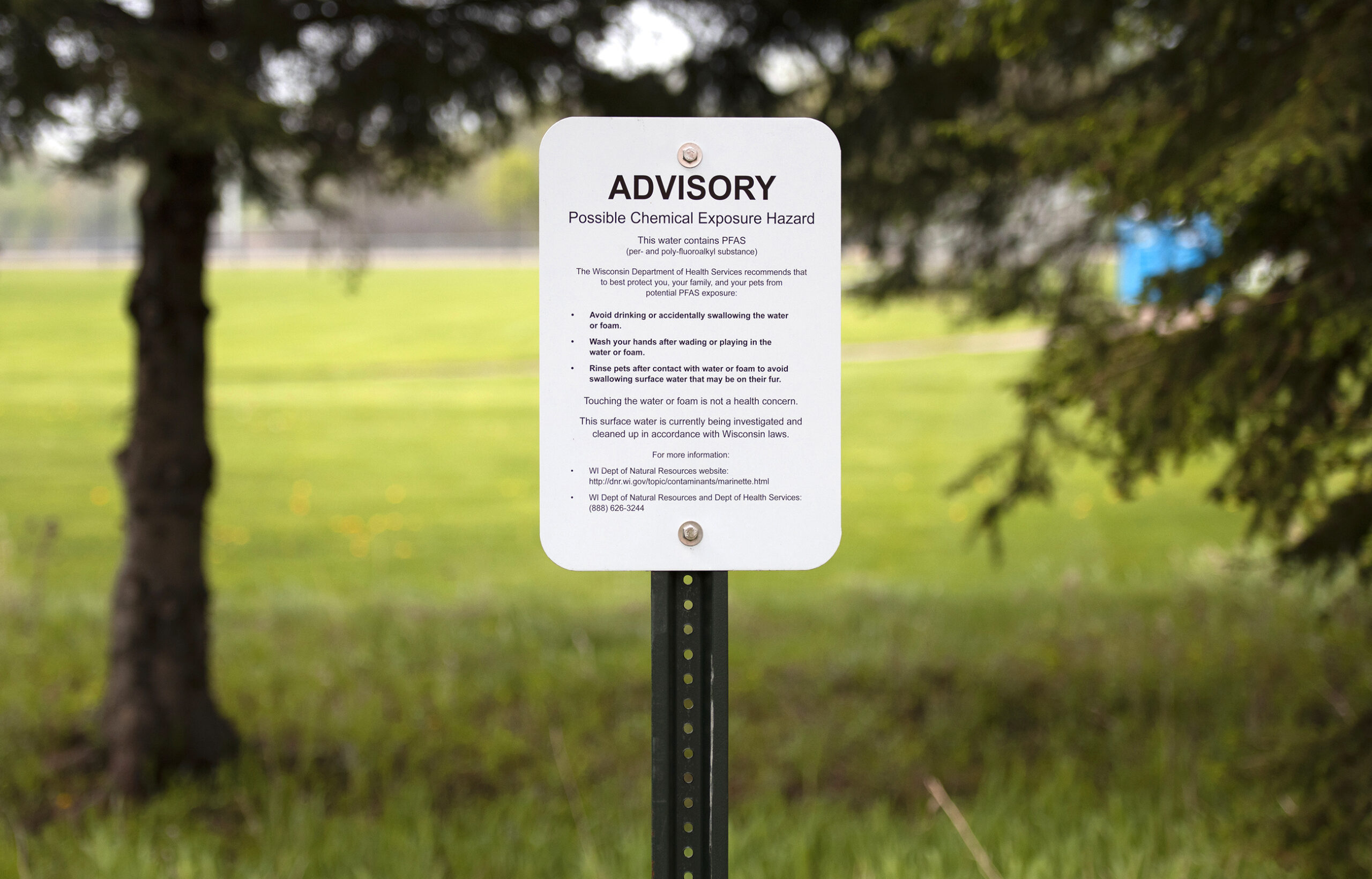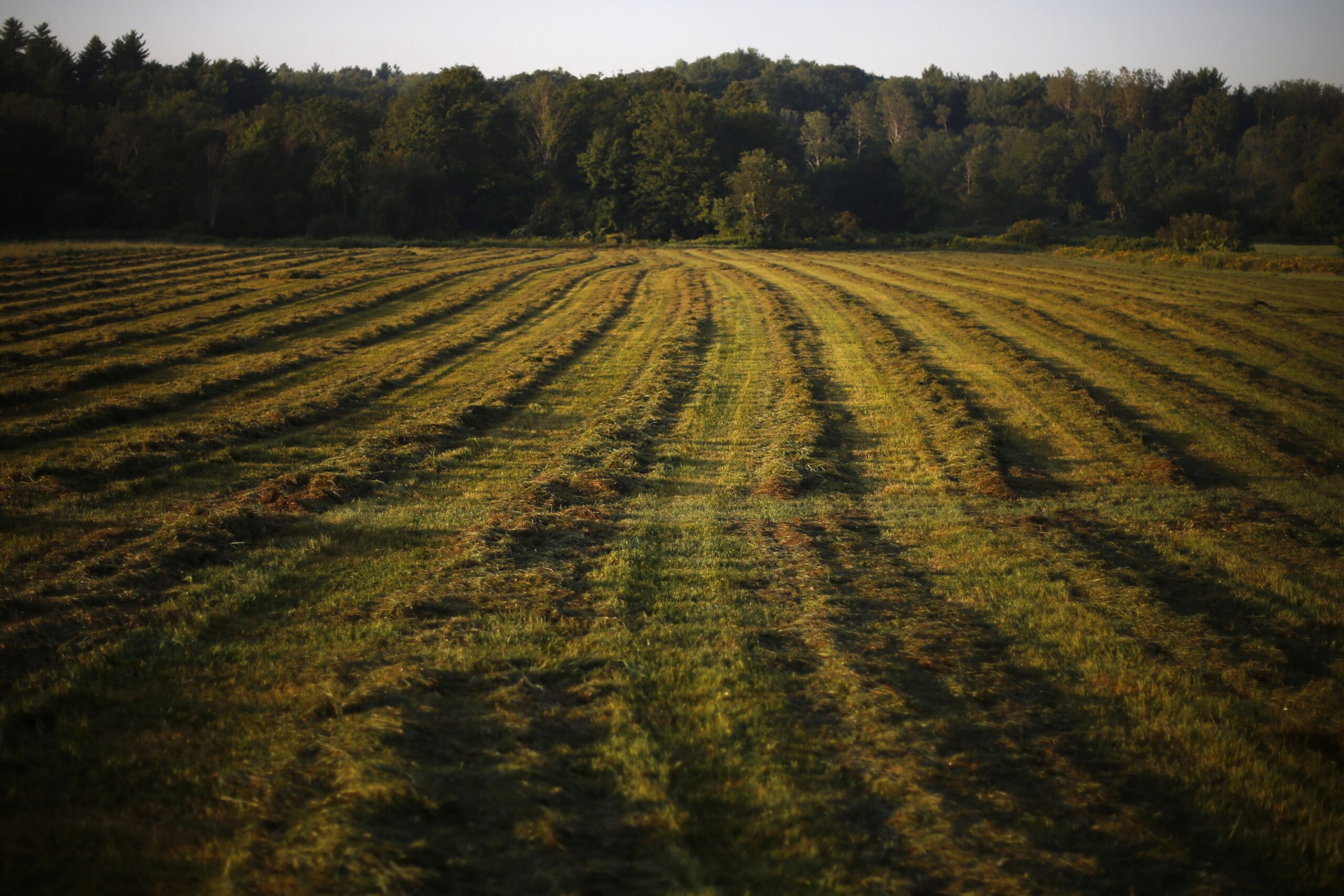Toxic chemicals known as PFAS are highly concentrated in the foam that sits on top of lake waters in two Dane County lakes — more so than anywhere else in the state.
WPR’s “Wisconsin Today” checked in with Christy Remucal, professor of civil and environmental engineering at the University of Wisconsin-Madison, about whether Madisonians should be concerned, and if so, to what degree.
The following was edited for clarity and brevity.
News with a little more humanity
WPR’s “Wisconsin Today” newsletter keeps you connected to the state you love without feeling overwhelmed. No paywall. No agenda. No corporate filter.
Rob Ferrett: Your research looked at surface water and PFAS in lake foam. What did you set out to find?
Christy Remucal: We looked for 36 different PFAS chemicals in lake foam and water. We found PFAS in all of our samples. I think the most important thing was we found very high concentrations of PFAS in the foam, orders of magnitude higher than what was in the water below.
This concentration in the foam has to do with the type of chemicals that PFAS are. They’re surfactants, which means they like to go to that air-water interface at the very top of the water.
RF: It’s like the dish soap in your sink. It kind of bubbles up and accumulates at the top. How much higher were the concentrations in Madison lake foam than in other areas?
CR: The water in Lake Monona has higher PFAS concentrations because of Starkweather Creek, which is likely impacted by firefighting foam use upstream.
We found concentrations of over 300,000 parts per trillion in the foam on Lake Monona. The lowest concentration of PFAS we measured in foam was around 2000 parts per trillion. And for comparison, what we found in the water beneath the foam was from between 6 and 140 parts per trillion, so the concentrations in foam were much higher.

RF: Is it a risk to fish or paddle on Starkweather Creek with its very high concentration?
CR: There are fish advisories for Lake Monona and downstream in Dane County because of PFAS, but I wouldn’t be as worried about skin contact, like from paddling and things like that. But it is good to pay attention to local fish advisories.
RF: What conditions make foam likely to accumulate?
CR: Most of what’s in the foam is actually naturally occurring. I should say that the PFAS make up a pretty small percentage of the foam.
But you need two different things to form foam. You need a surface active substance, which includes PFAS, but it also includes naturally present organic carbon that’s in all of our lakes anyway. And then you need a way of introducing air bubbles into the water. And so we’ll typically only see foam on really, really windy days when you’re getting a lot of air mixed into the water. You can also see foam forming downstream of a dam, for example. So you need really windy or turbulent conditions.
RF: Can you tell the difference between naturally occurring foam and foam with PFAS in it?
CR: There’s no way to know. PFAS make up a very small percentage of the total material in the foam. I think it’s good to avoid contact with foam in general, because there’s no way to know from looking at it.
There are thousands of different PFAS chemicals, so it’s important to not lump them all together. But the ones we worry a lot about, like PFOS and PFOA and the related compounds, we don’t have any known natural degradation processes for them, so that’s why they’re called “forever chemicals.”
The good news is that there’s a ton of research going about PFAS degradation.
RF: PFAS aren’t just in Wisconsin. Are your colleagues around the country dealing with the same kind of problems we are here in Wisconsin?
CR: PFAS is really a global issue. So many people in my field are working on PFAS because it’s really impacting everybody.
Wisconsin Public Radio, © Copyright 2025, Board of Regents of the University of Wisconsin System and Wisconsin Educational Communications Board.







